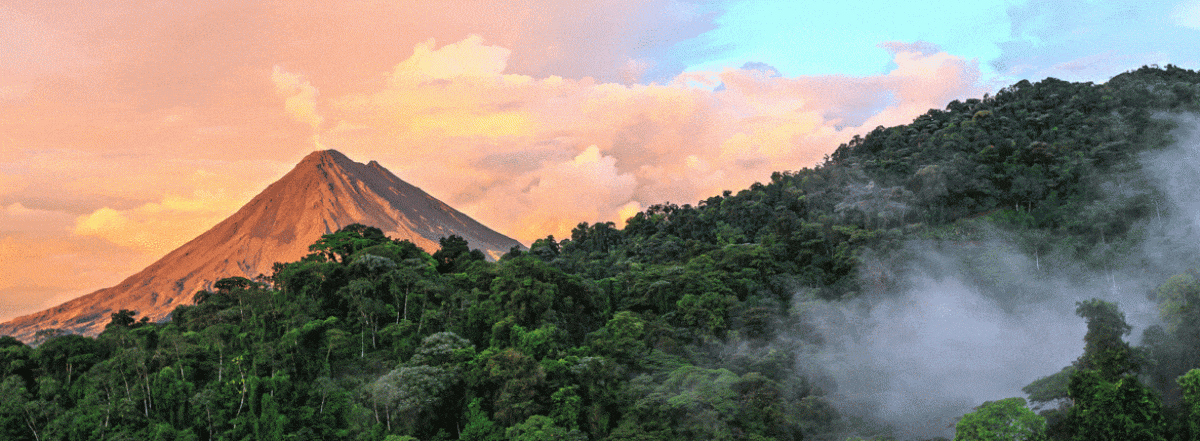This afternoon, we had a wonderful presentation about the Costa Rican Health Care system by a Ministry of Health employee, Dr. Jose Pablo. Here it is known “La Caja” or Seguro Social, which literally translates to Social Insurance, but the idea is the universal health care system of the country. Our speaker began by giving general health related statistics, such as the fact that 17% of the GDP in the USA is spent on the health care system while it is only 7% in Costa Rica. Another statistic which was interesting is that the primary causes of death include myocardial infarctions (which mostly affects those 65 and older), stomach cancer (45 and older) and traffic accidents (which affects mostly the younger population). Breast cancer is also a major cause of death specifically for the female population.
In order to fund this public system, three parts, the state/government, the citizens/employees and the employers/businesses all contribute towards a country-wide fund which is available to almost all of those residing in the country. For the citizens, the amount that is paid is a percentage of their annual salary, not on pre-existing conditions or family history.
The coverages that are provided to the public include the Elderly, Injured, Invalid, or Death of a provider, Sickness, Maternity, dependents of payers of the system (i.e. children of citizens) and to those that unable to contribute financially towards the system. This covers 95% of the population and the remaining 5% includes immigrants, those who have temporarily lost their jobs, and those not currently paying into the system for various reasons.
The main goals of this healthcare system include prevention, early detection and provision of information. In order to accomplish this, the system is divided into levels based upon specialty and intensity of care required. The highest level includes specialties (i.e. cancer treatment, neurology) and national hospitals, the next level includes regional hospitals and auxiliary hospitals which treats generalized pediatrics, OB/GYN, internal medicine, and surgery. Finally, level 1, which is the most basic provision of care, which includes home visits, EBAIS visits, annual check-ups, etc. An EBAIS is usually considered a team of care providers including a primary care physician, a nurse, and an ATAP.
Challenges of this type of health care system include a long wait time, accessibility, financial sustainability, system abuse, private vs public insurance plans, and immigrant usage and integration into the system. One of the incredible things about this country is the significance of the mother and baby’s health. As evidenced by the national symbol of the health care system (social insurance). In Las Juntas I will have the opportunity to shadow an ATAP worker and I will have the opportunity to go on a home visits and see first hand the focus on prevention. I had the chance to do some research before coming to Costa Rica and my focus was on breastfeeding and mother and infant bonding. I am very excited to see the emphasis on breastfeeding in this country and how it pertains to population health.


There is a strong emphasis on breastfeeding. In the hospital we asked what percent of mothers breastfeed and the nurse told us that all mothers breastfeed. If they are not able to for a medical reason they use milk from the milk bank. 
 The symbol of the national health care system in Costa Rica is the mother and baby.
The symbol of the national health care system in Costa Rica is the mother and baby.


 Rita Astúa, the communications spokesperson for the Calderon Guardia Hospital, provided a fantastic tour.
Rita Astúa, the communications spokesperson for the Calderon Guardia Hospital, provided a fantastic tour. 
















 Visit to the pharmacy in the hospital
Visit to the pharmacy in the hospital


 Here is our 2018 group.
Here is our 2018 group.